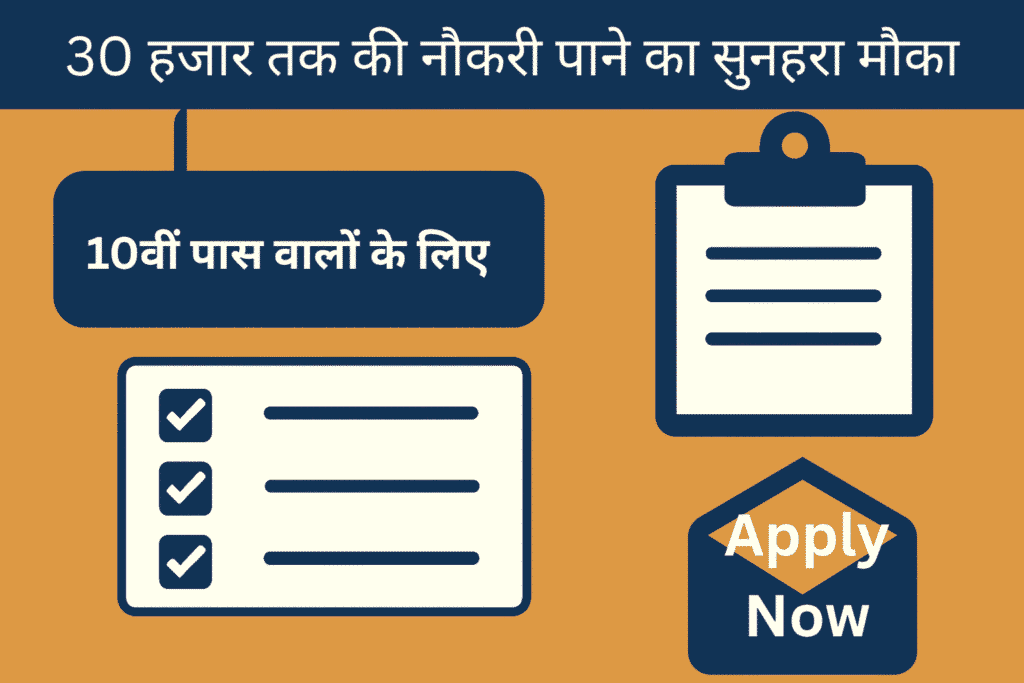Getting a job in the United States is a dream for many, but the journey isn’t as simple as it might appear from the outside. It’s not just about finding a job; it’s about understanding visa requirements, targeting the right companies, and preparing strategically. Here’s a practical guide that breaks down what it really takes to land a job in the USA.
Understand the Work Visa Process
Before you even start applying, you need to know which work visa suits your profile. The most common visa for skilled professionals is the H‑1B visa, but there are others like L‑1, O‑1, or TN visas, depending on your role and background.
- H‑1B visas are employer-sponsored and often involve a lottery system.
- Other visas like L‑1 are for employees transferring within the same company.
Target Companies That Offer Sponsorship
Not every U.S. company is willing to hire and sponsor international employees. Your focus should be on organizations with a history of sponsoring work visas.
- Large tech companies, IT consultancies, and research institutions are often more open to international talent.
- Look for companies that clearly mention sponsorship opportunities on their careers page.
Tailor Your Resume to U.S. Standards
A typical resume in the U.S. is very different from those in many other countries.
- Keep it short—ideally one page.
- Focus on showcasing quantifiable accomplishments instead of merely outlining job duties.
- Include relevant technical or industry-specific skills.
- Prepare for both technical interviews and behavioral questions that test cultural fit and problem-solving ability.
Be Prepared for a Long Timeline
Finding a job in the USA, especially with sponsorship, can take time.
- Interview processes may span multiple rounds.
- After securing a job offer, visa filing and approval can take several months.
- H‑1B visas often depend on a lottery system, so timing and planning are essential.
Avoid Scams and Fake Promises
Many job seekers get misled by agents or fake job offers that promise guaranteed visas for a fee. Legitimate companies never charge candidates for visa processing.
Rule of thumb: If someone promises you a shortcut or guaranteed sponsorship for money, it’s likely a scam.
The Reality After Getting a Job
Landing the job is just the beginning. Living in the U.S. may turn out to be quite different from what you imagine.
- Many positions, especially under H‑1B, are contract-based, meaning you may need to relocate frequently depending on project requirements.
- Your visa status is tied to your employer, which can create stress if the company faces layoffs or project cancellations.
- Cost of living and housing arrangements can also be challenging, particularly when moving between cities.
Why This Knowledge Matters
You may hear success stories about people quickly landing U.S. jobs, but those are exceptions. The reality is that it requires planning, persistence, and the right strategy. By understanding the visa process, targeting the right companies, and building strong professional skills, your chances improve significantly.
Action Plan: What Can You Do Now?
- Understand the visa rules and eligibility criteria that apply to your specific profession.
- Build a strong online presence on platforms like LinkedIn to connect with U.S. recruiters.
- Optimize your resume for the U.S. job market.
- Prepare for interviews—both technical and behavioral.
- Stay away from scams and focus only on trusted companies.
- Have a backup plan, as visa approvals are never guaranteed.
Final Thoughts
Securing a job in the USA doesn’t happen overnight. It requires thorough preparation, solid skills, and patience. With the right mindset and strategy, it’s entirely possible. Treat the journey like a marathon, not a sprint—consistent effort will bring success.


